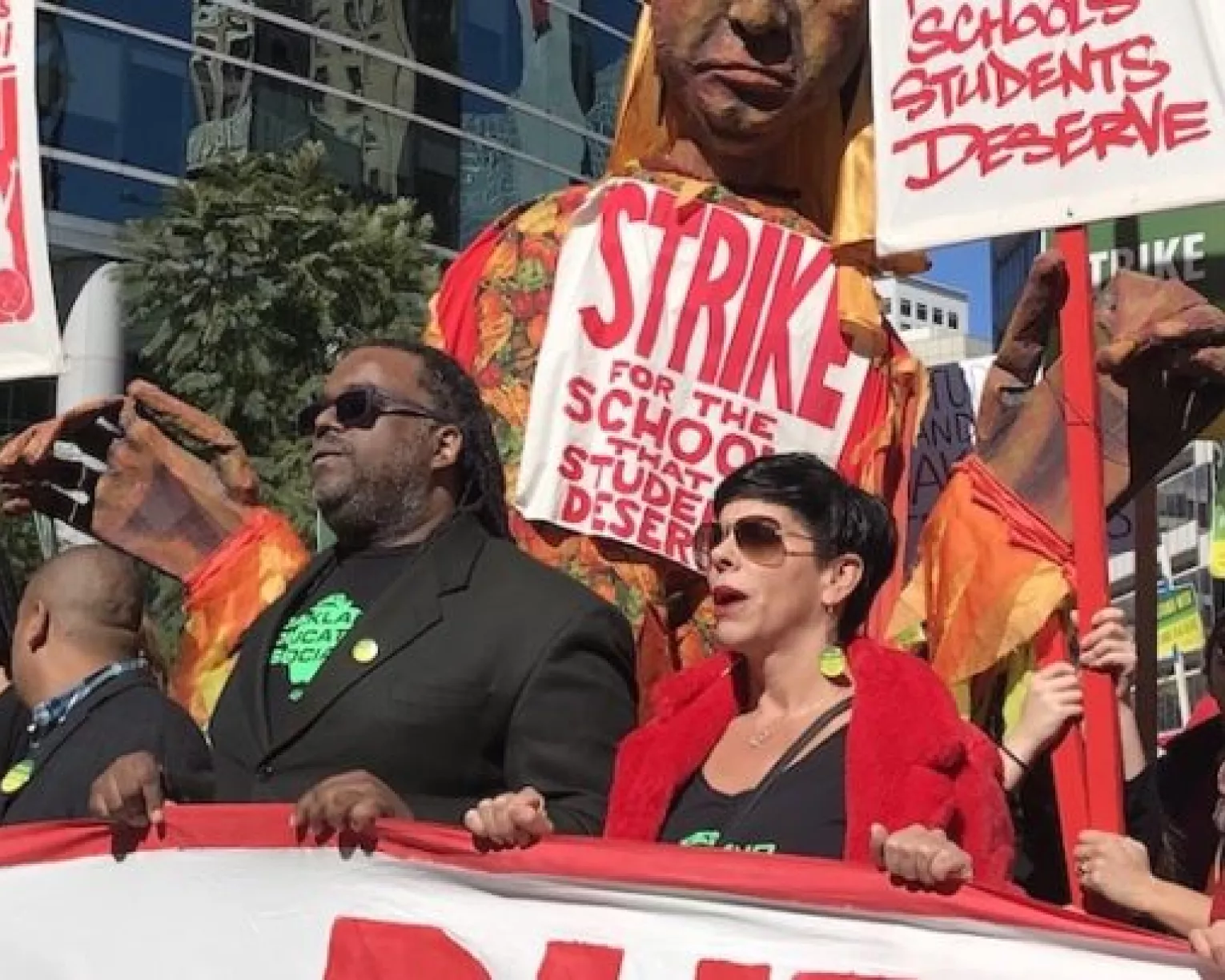Key Takeaways
- Digital learning opportunities offered to general education students must also be provided to students with special needs.
- While it may not be feasible to provide physical therapy, occupational therapy, or tactile sign language educational services, many disability-related services can be provided online with accommodations such as extension of time for assignments, videos with closed captioning and video conferencing.
As the COVID-19 pandemic continues and many schools attempt to make the transition to digital learning, students with disabilities must not be forgotten.
First and foremost, students with disabilities are general education students, so digital learning opportunities offered to general education students must also be provided to students with special needs. A student’s individualized education program (IEP) consists of:
- Supports for instruction
- Present levels of performance
- Specific objectives and goals
- Where instruction and services are delivered
The Individuals with Disabilities Education Act (IDEA) guarantees procedural safeguards for all students with IEPs to ensure that a free and appropriate public education (FAPE) is provided in the least restrictive environment (LRE).
The Coronavirus Aid, Relief, and Economic Security (CARES) Act directs the U.S. Department of Education (USDE) to report to Congress on recommendations for possible legislative waivers to IDEA, “to provide limited flexibility… to meet the unique needs of students with disabilities….”
The USDE’s Office for Civil Rights and Office for Special Education and Rehabilitative Services announced that schools “should not opt to close or decline to provide distance instruction, at the expense of students, to address matters pertaining to services for students with disabilities.” The Department reiterates that ensuring compliance with IDEA, Section 504 of the Rehabilitation Act, and Title II of the Americans with Disabilities Act should NOT prevent any school from offering educational programs through distance instruction.
School districts are reminded that the provision of FAPE may include, as appropriate, special education and related services provided through distance instruction virtually, online, or telephonically. During this national emergency, schools may not be able to provide all services in the same manner. While it may not be feasible to provide physical therapy, occupational therapy, or tactile sign language educational services, many disability-related services can be provided online with accommodations such as extension of time for assignments, videos with closed captioning or embedded sign language, accessible reading materials, and speech or language services through video conferencing.
The NEA believes that Congress can and should allow for some targeted flexibility in legal requirements and procedural safeguards to allow for creative problem solving and implementation of innovative solutions that ensure all students have access to learning opportunities while schools remain closed.
It is critically important that state and local officials are supported as they consider the unique needs of their communities as they respond to COVID-19 and develop appropriate learning opportunities for ALL students. We believe that the school-based multi-disciplinary IEP team, along with parents and guardians, is in the best position to make all decisions related to students’ social, emotional, and academic development.
Congress and USDE must provide additional funding to schools to help provide equitable access to assistive technology and program needs during this unprecedented crisis. Many school districts lack the infrastructure to comprehensively and equitably support student learning in a digital environment. Now is the time for Congress to provide states with the necessary funding and guidance to minimize the impact that COVID-19 has on all student learning.



